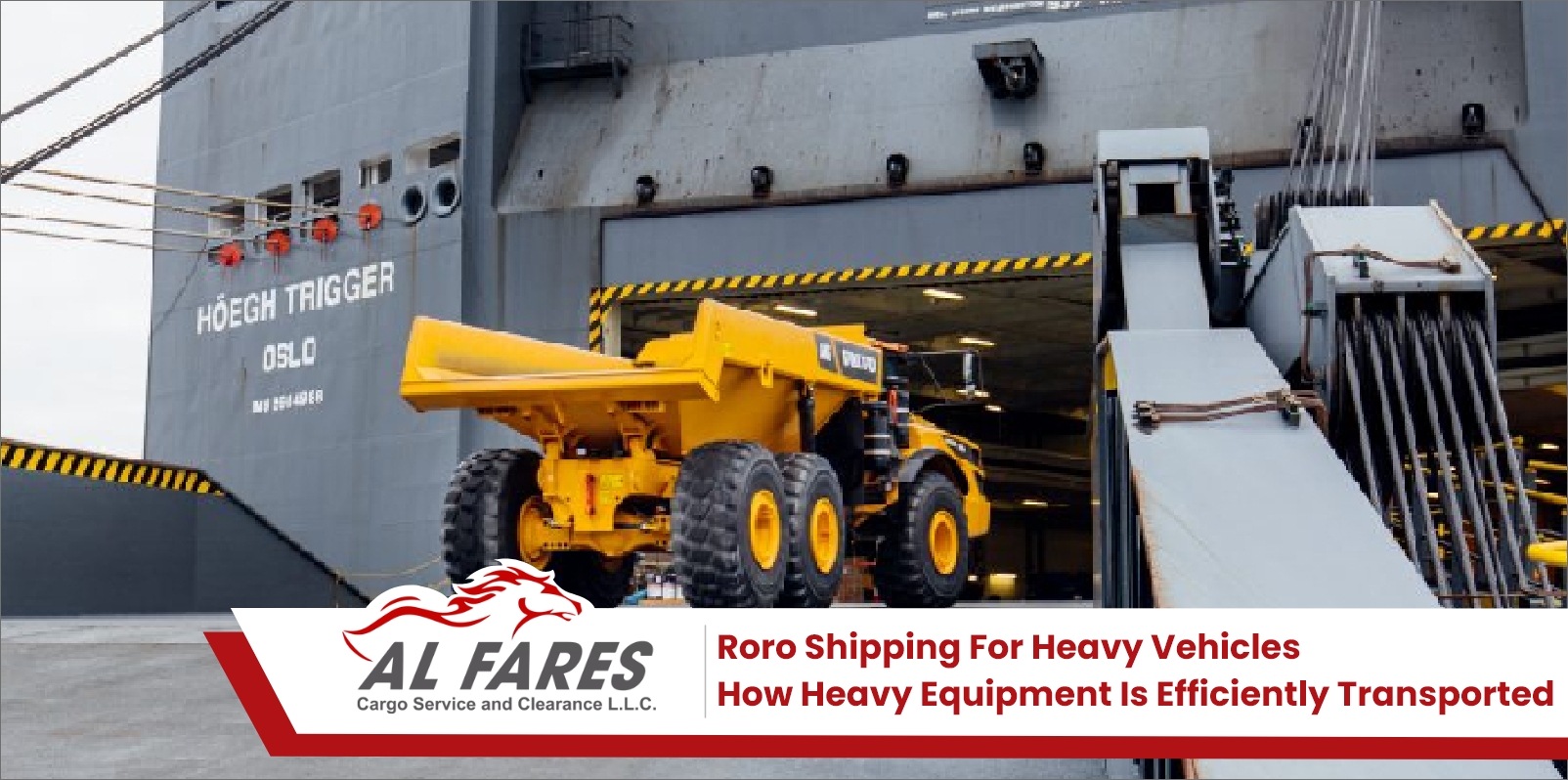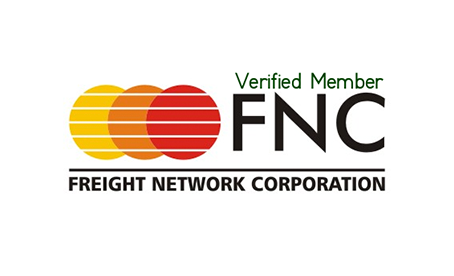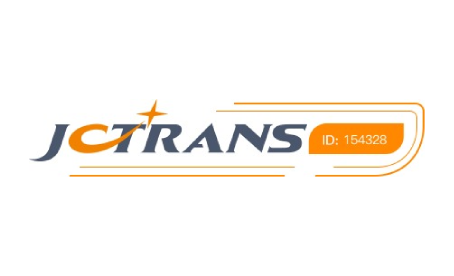In the era of globalization and thriving international trade, RoRo (Roll-on/Roll-off) shipping for heavy vehicles has become a vital aspect in ensuring the smooth flow of trade and maritime transportation. RoRo is an abbreviation for "Roll-on/Roll-off," a transport technique that allows heavy vehicles to easily roll on and off ships using a mobile platform. This technology represents a significant breakthrough in the maritime transportation industry for heavy vehicles, facilitating easy loading and unloading, reducing downtime, and minimizing associated transportation costs.
The RoRo shipping process is characterized by flexibility and efficiency. Heavy vehicles are simply loaded by driving onto the ship through specially designed ramps. The vehicles are secured in place on the ship using binding and fastening methods, ensuring their stability during the sea journey. Upon arrival at the intended port, the vehicles are unloaded with the same ease and speed with which they were loaded.
RoRo shipping offers numerous advantages for companies and clients in the transportation and trade industry. For instance, it boasts high space utilization efficiency inside the ship, allowing the loading of a large number of vehicles simultaneously, thereby reducing transportation costs per unit. The speed and flexibility in the loading and unloading process contribute to minimal downtime for the ship in ports, enhancing transportation efficiency and reducing operational costs.
Furthermore, RoRo technology provides a high level of protection and security for heavy vehicles during the transportation process. Vehicles are well-secured aboard the ship, avoiding exposure to damage or scratches during the journey. Thanks to this type of maritime transport, a variety of heavy vehicles, including cars, trucks, buses, and heavy equipment, can be transported safely and reliably.
Efficient Transport of Heavy Equipment through RoRo Shipping:
The process of efficiently transporting heavy equipment through RoRo shipping involves the following steps:
1.Equipment Preparation:
Heavy equipment is prepared for RoRo transport. Equipment must be properly secured, and any parts susceptible to damage or detachable should be addressed. This step may involve connecting batteries, disconnecting detachable parts, or securing sensitive components with protective padding.
2.Port Access:
Heavy equipment is transported to the port using trucks or other suitable means of transport. Coordination of equipment arrival times with the specified ship departure schedules is crucial.
3.Loading Equipment:
Heavy equipment is loaded onto the ship using the RoRo platform. Typically, equipment is driven onto the platform through water-tight passages on the ship. The equipment is securely adjusted and fastened using appropriate binding and securing methods to ensure stability during the sea journey.
4.Sailing:
After loading heavy equipment, the ship begins its journey through the waterway. The ship must adhere to the specified schedule and follow the correct maritime routes.
5.Arrival at the Intended Port:
Upon reaching the intended port, heavy equipment is unloaded using the RoRo platform. The equipment is offloaded onto the ground using water-tight passages on the platform.
6.Equipment Reception:
Heavy equipment is received by recipients at the port. The condition of the equipment is inspected, ensuring there is no damage before proceeding to the final destination.
Careful coordination of these steps is essential to ensure the efficient and safe transport of heavy equipment. This includes equipment preparation, schedule organization, the use of appropriate binding and securing methods, and adherence to safety instructions and local/international regulations governing maritime transport and heavy equipment.
Importance of RoRo Shipping for the Maritime and Heavy Vehicle Industry:
RoRo shipping holds significant importance in the maritime and heavy vehicle industry for several reasons:
1.Transport Efficiency:
RoRo shipping provides high efficiency in the transportation process. The quick and easy loading and unloading of heavy vehicles reduce port stoppage time, enhancing productivity, and improving trip scheduling. It allows for the transportation of a large number of vehicles simultaneously, reducing transport costs for companies and clients.
2.Flexibility in Loading and Unloading:
RoRo shipping offers great flexibility in the loading and unloading process. Heavy vehicles can easily enter and exit ships via a movable platform, eliminating the need for cranes or specialized equipment. This improves the shipping experience, reduces complications, and minimizes potential delays.
3.Vehicle Protection:
RoRo shipping provides a high level of protection for heavy vehicles during sea transport. Vehicles are securely fastened and anchored on the ship using binding and securing methods, protecting them from damage or scratches during the journey. This enhances vehicle safety and reduces potential risks of damage during transportation.
4.Cost Savings:
RoRo shipping is considered an economical option for transporting heavy vehicles. Due to the efficiency and flexibility it provides, cost savings can be achieved in transportation costs, including fuel, labor, and maintenance expenses. It also reduces insurance costs for vehicles due to the high level of protection provided.
5.Facilitating International Trade:
RoRo shipping plays a crucial role in facilitating international trade. The easy transportation of heavy vehicles across borders and international waters promotes trade and economic collaboration between countries. It can be used for the maritime transport of used or sold vehicles in global markets.
Challenges and Solutions in RoRo Shipping:
The RoRo (Roll-on/Roll-off) shipping process faces some challenges that can affect the efficiency of transportation, but they can be overcome by taking certain measures. Here are some common challenges and how to overcome them:
1.Port Timings:
Challenge: RoRo shipping may face challenges related to the timing and coordination of ports. Delays in unloading or insufficient space on the RoRo ramp can be issues.
Solution: Improved coordination and planning between port operators and shipping companies are essential to ensure the availability of necessary facilities and resources on time.
2.Adverse Weather Conditions:
Challenge: Poor weather conditions such as strong winds or storms can impact RoRo shipping, leading to delays or even cancellations.
Solution: Implementing an advanced weather monitoring system and maintaining communication between the ship and the port are crucial for making informed decisions regarding postponing or rescheduling trips during adverse weather conditions.
3.Port Congestion:
Challenge: RoRo may encounter challenges related to port congestion, especially during peak travel seasons or in ports with heavy traffic.
Solution: Alleviating this challenge involves improving coordination between ships and port operators and leveraging information technology to better manage traffic and enhance planning.
4.Security and Protection:
Challenge: RoRo shipments face challenges regarding the security and protection of vehicles from theft or damage during transport.
Solution: Effective security measures, strictly enforced, including advanced monitoring systems and proper securing of RoRo with appropriate fastening, and tying methods, are essential to safeguard heavy equipment during transit.
5.Regulations and Laws:
Challenge: Regulations and laws regarding RoRo shipping vary from one country to another, posing a challenge for companies operating across international borders.
Solution: Companies in this field must familiarize themselves with local and international regulations, ensuring strict compliance to avoid legal issues.
Strengthening cooperation and coordination among all stakeholders, including shipping companies, port operators, and relevant government authorities, is crucial. Comprehensive strategies are needed to enhance operations, improve efficiency, advance technology, and provide security, ensuring the effective success of RoRo shipping.


 Track Your Shipment
Track Your Shipment
 Online Enquiry
Online Enquiry
 Sign In
Sign In
 English
English

 Alfares Cargo
Alfares Cargo
 Logistic Informations
Logistic Informations
 2024-01-24
2024-01-24












